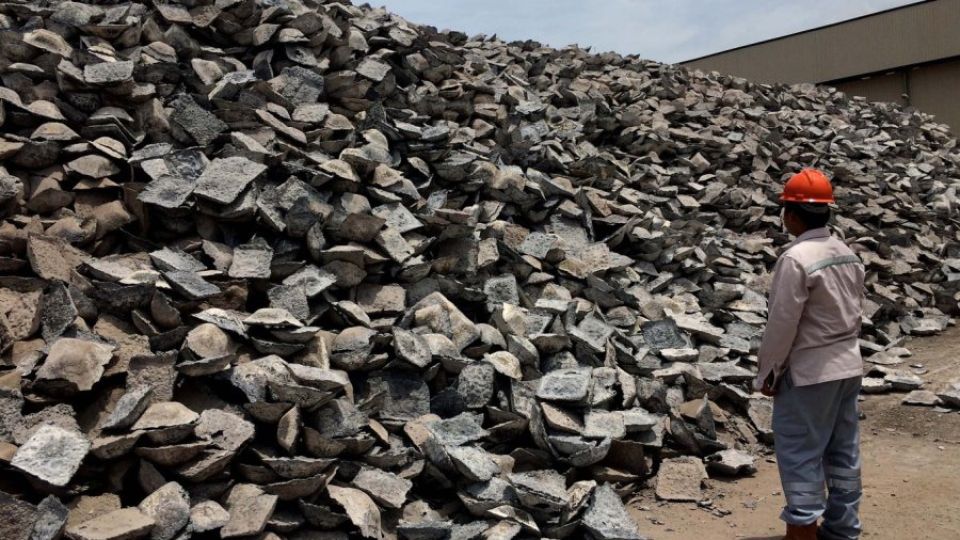January 29, 2024
JAKARTA – Indonesia’s nickel miners are bracing for a price slump in 2024, as the global glut is expected to continue growing while demand growth has declined.
A slew of announcements by companies worldwide about cutting production and closing mines has yet to prop up the metal’s prices, and analysts do not expect the reduced supply to lift them soon.
Bayu Aji, head of communications at Vale Indonesia, said the company would maintain its production target at 70,800 tonnes, even as nickel prices continued to edge lower.
“PT Vale will work to [improve] matters that are within our control, such as streamlining the company’s operational costs,” he said on Thursday, in response to a question from The Jakarta Post about the mining firm’s strategy to overcome the prolonged price slump for the key battery ingredient.
“Nickel was the worst performer among the base metals complex on LME [London Metal Exchange] and SHFE [Shanghai Futures Exchange] in 2023, losing more than 40 percent of its value on both exchanges,” cross-commodity price reporting agency Fastmarkets said in a 2024 preview of China’s nickel market on Jan. 15.
“With bearish sentiment continuing to dominate the Class-1 nickel market, market participants, however, expect the downward move in 2024 to look more modest than that in 2023,” the report continued.
The continuing low prices for nickel and nickel derivatives has had a harsh impact on the global mining industry: Australian billionaire Andrew Forrest’s Wyloo Metals announced on Monday that it had shut down its Western Australia operations, The Sydney Morning Herald reported, followed by Melbourne-based BHP shutting down its nickel processing plant in the same state.
It was the fourth such announcement in January after nickel producers were thrown off balance by a price plunge in 2023.
Felix Darmawan, a commodity analyst at publicly listed PT Panin Sekuritas, said however there was hope that the companies’ announced production cuts might eventually affect prices of the “green metal” positively.
He observed that China’s relatively loose economic policy since the People’s Bank of China reduced its reserve ratio requirement by 50 basis points had encouraged an increase in liquidity of up to US$140 billion, contributing to positive industry sentiment in the world’s seventh-largest nickel producer.
“This might help strengthen nickel prices,” Felix told the Post on Thursday.
The capacity buildup in both China and Indonesia rapidly oversupplied the world’s refined nickel market that once faced undersupply, crashing nickel prices on both the LME and the SHFE.
Data from the International Nickel Study Group show that the global nickel market recorded its 18th consecutive monthly surplus in October, showing a cumulative surplus of 193,200 tonnes in the first 10 months of 2023.
Robertus Hardy, research head at Mirae Asset Sekuritas, expects the market to see an annual surplus in 2024, meaning the pressure in the global nickel market is expected to remain.
“We [estimate] that nickel prices will not return to their all-time high seen in 2022,” Robertus said on Wednesday, as quoted by Bisnis.com.
“In the future, the nickel industry is expected to be largely determined by market mechanisms and the ambitions of several countries, such as Indonesia or the Philippines, to increase nickel production,” he said, and this was projected “to have a negative impact” on nickel prices.


